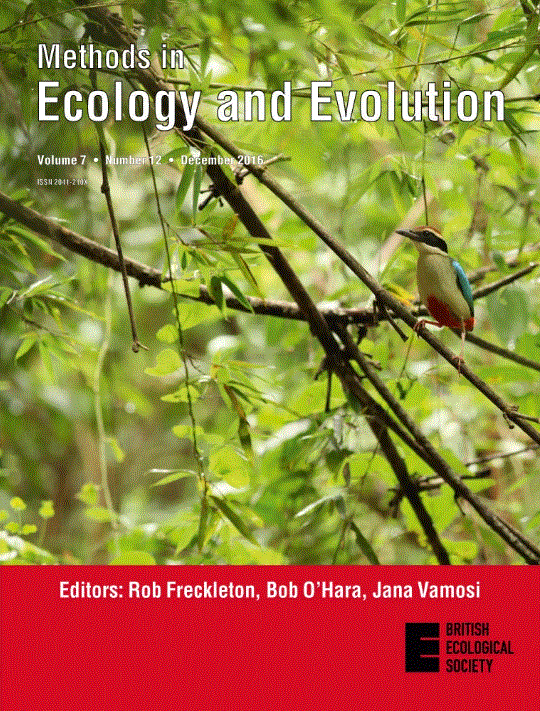Molecular methods are facing increasing application on a broad remit in ecological studies, including work on parasites, parasitoids and pathogens. These studies can entail the screening of large sample numbers to monitor the establishment of parasitoid and pathogen infection rates over extended periods of time. However, when infection or parasitism rates are low, testing many samples individually quickly becomes tedious and costly. To optimize the application of molecular diagnostics in such situations, we developed a pooling approach that is applicable to any host–pathogen and host–parasite/parasitoid system.
In a first step, host individuals are pooled along the two axes of a grid and screened for pathogen/parasite DNA via multiplex PCR. Already from these results a rough estimation of the pathogen/parasitism rate in the pooled samples is possible. To determine the exact infection/parasitism rate in the sample or if it is relevant to identify the respective infected/parasitized individuals, only those samples belonging to two pathogen/parasitoid DNA-positive pools need to be retested individually. The efficacy of the pooling approach was statistically and empirically evaluated for different infestation levels using three host–parasitoid systems and a newly developed diagnostic multiplex PCR assay.
The established multiplex PCR assay allows to reliably identifying three agro-economically important lepidopteran pest species (Phthorimaea operculella, Symmetrischema tangolias and Tuta absoluta) and five relevant parasitoids (Copidosoma koehleri, Apanteles subandinus, Orgilus lepidus, Dolichogenidea gelechiidivoris and Diadegma mollipla). Compared to individual testing and even to standard one-dimensional pooling approaches, the new method reduces the number of PCRs substantially. At parasitism rates <10%, the pooling approach allowed for a reduction in the screening effort for up to 90%. In general, its efficacy decreases with increasing parasitism rates with a breakeven point at about 20%.
As such the pooling approach presents an efficient and sensitive means for screening of large sample numbers at low parasitism and infection rates. Since it drastically reduces time and costs in diagnostic screenings, it is especially suited for studies with limited financial resources, allowing for extended investigations and routine monitoring screenings when infection/parasitism rates are low.
A two-dimensional pooling approach towards efficient detection of parasitoid and pathogen DNA at low infestation rates.
Citation: Sint, D.; Sporleder, M.; Wallinger, C.; Zegarra, O.; Oehm, J.; Dangi, N.; Giri, Y.P.; Kroschel, J.; Traugott, M. 2016. A two-dimensional pooling approach towards efficient detection of parasitoid and pathogen DNA at low infestation rates. Methods in Ecology and Evolution. (USA). ISSN 2041-210X. 7(12):1548–1557.
2017-03-28
GENETIC RESOURCES
journal_article

